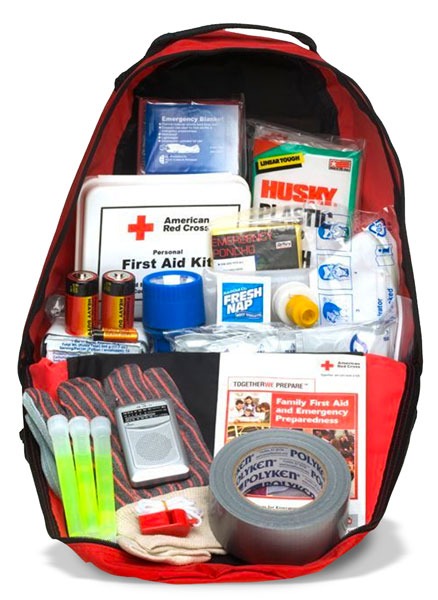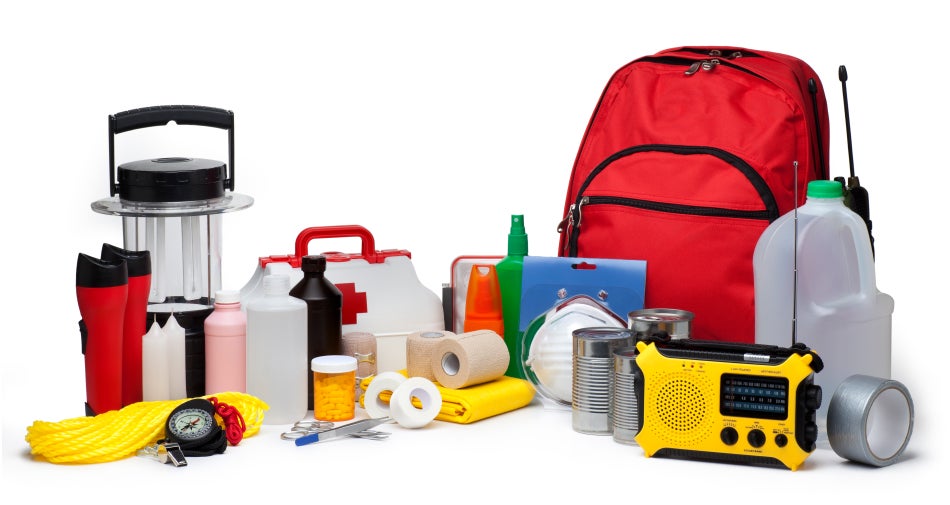Strategy, Prepare, Dominate: Emergency Preparedness for Today's Obstacles
Strategy, Prepare, Dominate: Emergency Preparedness for Today's Obstacles
Blog Article
How to Develop a Detailed Emergency Preparedness Strategy
In the realm of readiness, creating an extensive emergency situation plan is not just a task to mark off a list; it is an important foundation of any kind of organization or person's resilience method. From all-natural catastrophes to unanticipated crises, the ability to expect, reduce, and react successfully can suggest the difference between turmoil and control. By diligently crafting a plan that resolves various facets of emergency situation monitoring, including risk assessment, interaction protocols, resource allowance, and critical decision-making, one can lay a strong structure for protecting lives, possessions, and operations. Nonetheless, truth efficiency of such a plan exists not just in its development however additionally in its continuous maintenance and adaptation to evolving challenges and risks.
Value of Emergency Preparedness
Emergency readiness is important for reducing potential risks and making sure the safety and security of individuals and areas. In today's globe, where natural calamities, public health dilemmas, and various other emergency situations can strike without warning, being prepared can make a substantial distinction in lessening the impact of these events. By having a well-balanced emergency situation readiness plan in position, people and companies can react effectively, secure lives, and lower residential property damages.
One of the primary reasons emergency readiness is essential is its role in saving lives. When emergency situations take place, having a strategy that outlines clear procedures for emptying, interaction, and emergency situation feedback can aid individuals act promptly and emphatically. This can avoid injuries and fatalities by making sure that people recognize what steps to require to remain risk-free
Furthermore, emergency readiness boosts the resilience of neighborhoods. By cultivating a culture of preparedness and preparation for numerous situations, neighborhoods can jump back quicker from calamities and disruptions. This durability is crucial for maintaining stability, connection of operations, and overall wellness despite difficulty.
Assessing Prospective Threats
Taking into consideration the significance of being prepared for unanticipated occasions, the first step in developing an efficient emergency situation readiness strategy entails extensively reviewing and assessing potential risks. This analysis needs a detailed testimonial of all feasible dangers that could impact the organization, thinking about variables such as location, sector, and historical data on cases. By identifying these threats, organizations can prioritize their preparedness efforts and allot resources effectively to mitigate the most significant threats.
Common risks that organizations might encounter consist of all-natural catastrophes like cyclones, quakes, or floodings, technological hazards such as power failures or information breaches, along with human-caused threats like mishaps or intentional acts of physical violence. Performing a threat analysis likewise entails considering the possible impact of these occasions on the organization's operations, workers, customers, and reputation. By conducting a comprehensive threat evaluation, organizations can establish customized emergency action strategies that address their certain susceptabilities and guarantee reliable preparedness for any type of potential dilemma.
Creating a Communication Strategy
Developing a clear and comprehensive communication strategy is crucial for efficient emergency situation preparedness within organizations. In times of situation, communication plays a vital role in making certain the safety and wellness of staff members, stakeholders, and the community. A well-balanced interaction strategy ought to detail clear lines of interaction, mark key workers liable for interaction tasks, and develop procedures for sharing information rapidly and properly.
One trick facet of developing a communication plan is determining key and alternative communication channels (EMERGENCY PREPAREDNESS). These can include email, text messaging, phone trees, social networks systems, and public address systems. It is essential to make sure that these networks are trusted, accessible, and routinely tested to guarantee their efficiency during emergencies

Building an Emergency Set
Provided the important relevance of readiness in times of dilemma, an essential element that organizations have to attend to is the establishment of an emergency situation set. An emergency situation package functions as a crucial resource that can help alleviate the influence of unforeseen occasions, making sure that important materials and tools are easily offered when required most. When constructing an emergency situation package, it is necessary to take into consideration the particular requirements and situations of the company. Fundamental products such as water, non-perishable food, very first aid materials, flashlights, batteries, and a battery-powered radio are essential elements of any type of emergency situation set. Furthermore, organizations need to consist of crucial records, such as contact lists, insurance details, and emergency situation response plans, in water resistant containers within the kit. Consistently evaluating and updating the components of the emergency situation set is vital to guarantee that materials are present and functional. By proactively developing and preserving an emergency kit, companies can improve their readiness to successfully respond to situations and guard their personnel and possessions.
Establishing Emptying Treatments
To guarantee the security and orderly evacuation of workers during emergencies, companies must establish effective and clear evacuation treatments. Discharge procedures should incorporate a series of prospective circumstances, consisting of fires, all-natural disasters, or other emergencies that need speedy evacuation.

Additionally, organizations need to develop a system for accountancy for all personnel during an emptying to make certain that everybody has actually safely left the properties. Communication plays a crucial duty in evacuation procedures, with clear directions on just how to evacuate and when to do so. Regular review and updating of emptying treatments based upon responses and changing scenarios are important to keeping the efficiency of the plan.
Conclusion
In conclusion, creating a comprehensive emergency preparedness strategy is critical for guaranteeing the safety and wellness of people in the occasion of a calamity (EMERGENCY PREPAREDNESS). By analyzing potential risks, creating a communication strategy, constructing an emergency kit, and establishing evacuation organizations, individuals and procedures can be better geared up to react properly to emergencies. It is essential to prioritize preparedness efforts to mitigate the influence of calamities and safeguard lives and residential or commercial property
In the world of preparedness, developing a thorough emergency strategy is not simply a task to inspect off a list; it is an important cornerstone of any company or person's durability technique. When emergency situations happen, having a plan that details clear procedures for emergency, discharge, and communication response can aid people act quickly and decisively. original site. By performing a comprehensive threat analysis, companies can create tailored emergency situation feedback strategies that resolve their certain susceptabilities and ensure efficient preparedness for any potential dilemma
Establishing a clear and thorough interaction strategy is important for efficient emergency preparedness within companies. By evaluating potential risks, creating an interaction strategy, constructing an emergency situation set, and establishing evacuation organizations, individuals and procedures can be much better furnished to respond successfully to emergencies.
Report this page